Home>Gardening & Outdoor>Outdoor Recreation & Activities>What Type Of Metal Is A Trampoline Frame
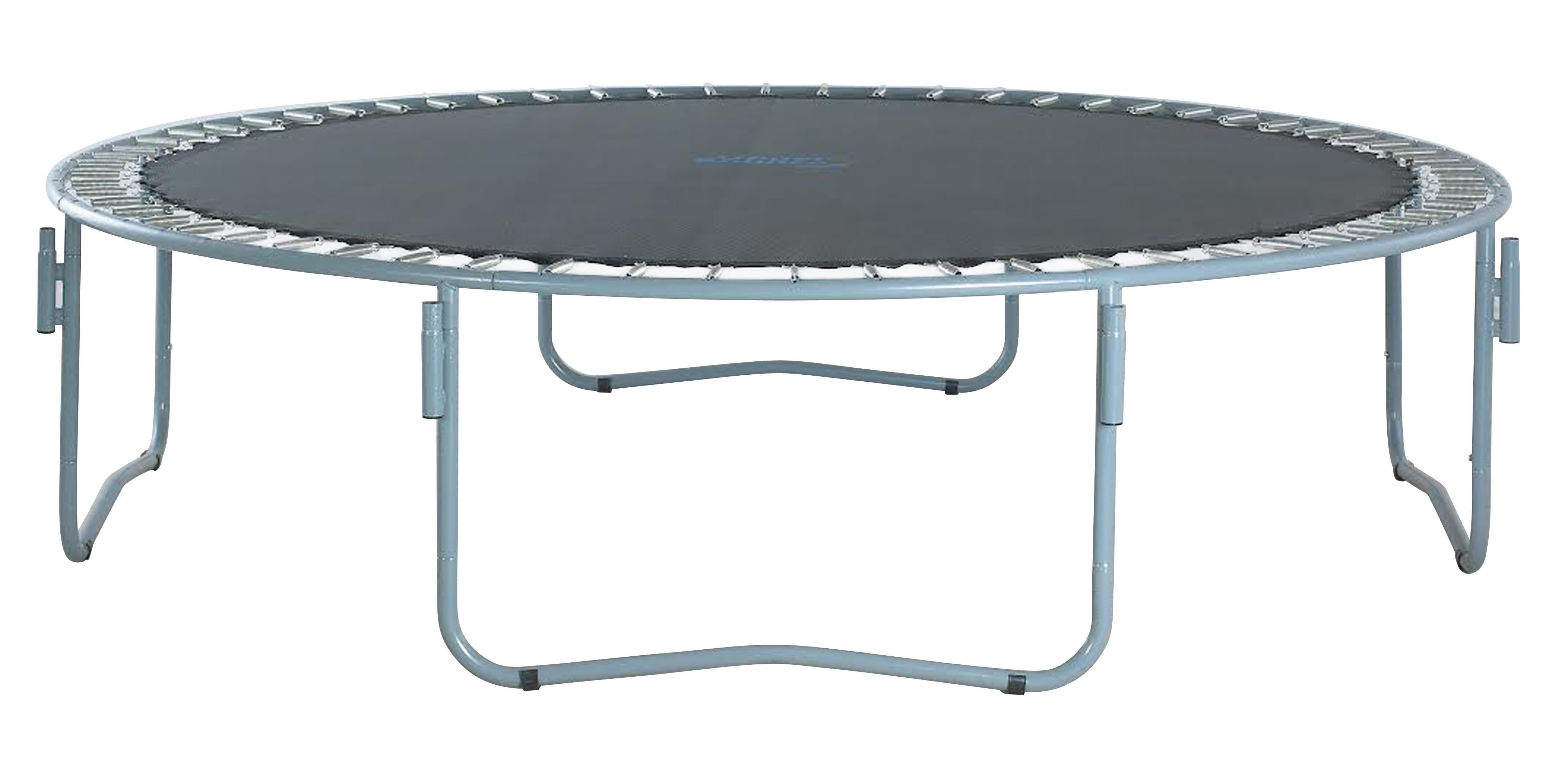

Outdoor Recreation & Activities
What Type Of Metal Is A Trampoline Frame
Modified: May 6, 2024
Discover the best type of metal for trampoline frames and ensure a safe and durable outdoor recreation and activities experience. Explore the options now!
(Many of the links in this article redirect to a specific reviewed product. Your purchase of these products through affiliate links helps to generate commission for Storables.com, at no extra cost. Learn more)
Introduction
When it comes to choosing a trampoline, the frame material is a crucial factor to consider. The type of metal used in the trampoline frame determines its durability, resistance to rust, and overall performance. Understanding the different types of metals used in trampoline frames can help you make an informed decision when purchasing a trampoline for your family’s enjoyment. In this article, we will explore the various types of metal trampoline frames, including steel, aluminum, galvanized steel, and other metal options, providing valuable insights to assist you in selecting the ideal trampoline for your needs.
Key Takeaways:
- Steel trampoline frames are super strong and resistant to bending, making them perfect for long-lasting outdoor fun. They’re great for families and places with lots of bouncing action!
- Aluminum trampoline frames are lightweight, rust-resistant, and easy to move around. They’re a durable choice for outdoor fun, offering strength without the heavy weight.
Read more: What Types Of Picture Frames Are There
Steel Trampoline Frames
Steel trampoline frames are renowned for their exceptional strength and durability. The use of steel in trampoline construction offers robust support, making it an ideal choice for heavy-duty trampolines designed for long-term outdoor use. The high tensile strength of steel enables trampolines to withstand the impact of vigorous bouncing and various weather conditions.
One of the key advantages of steel trampoline frames is their resistance to bending and warping, ensuring the structural integrity of the trampoline over time. Additionally, steel frames are often coated with protective layers to enhance their resistance to corrosion, thereby prolonging the trampoline’s lifespan.
Furthermore, steel trampoline frames provide stability and sturdiness, contributing to a secure and reliable bouncing experience. The robust nature of steel frames makes them suitable for accommodating multiple users simultaneously, making them an excellent choice for families or recreational facilities.
It’s important to note that the gauge and thickness of the steel used in the frame construction can significantly impact the trampoline’s performance and longevity. Thicker steel with a higher gauge is generally associated with greater strength and durability, offering enhanced safety and longevity for the trampoline.
Overall, steel trampoline frames are a popular choice due to their exceptional strength, durability, and resistance to corrosion, making them a reliable option for individuals seeking a long-lasting and robust trampoline for outdoor recreation.
Aluminum Trampoline Frames
Aluminum trampoline frames offer a lightweight and corrosion-resistant alternative to steel frames. The use of aluminum in trampoline construction provides several distinct advantages, making it a popular choice for individuals seeking a durable yet lightweight trampoline.
One of the key benefits of aluminum trampoline frames is their exceptional resistance to rust and corrosion. This makes them particularly well-suited for outdoor use, as they can withstand exposure to moisture and varying weather conditions without compromising their structural integrity.
Furthermore, the lightweight nature of aluminum frames contributes to easier maneuverability, assembly, and transportation of the trampoline. This can be especially advantageous for individuals who may need to relocate or store the trampoline periodically, as aluminum frames offer ease of handling without sacrificing durability.
Aluminum trampoline frames are also known for their impressive strength-to-weight ratio, providing reliable support for bouncing while minimizing the overall weight of the trampoline. This can be particularly beneficial for users who prioritize portability and ease of setup without compromising on performance.
It’s important to note that aluminum trampoline frames are available in various thicknesses and grades, which can impact their overall strength and load-bearing capacity. High-quality aluminum frames are designed to withstand the rigors of regular use, offering long-term durability and stability for recreational activities.
In summary, aluminum trampoline frames are a popular choice for individuals seeking a lightweight, corrosion-resistant, and durable option for outdoor recreation. Their impressive strength-to-weight ratio, resistance to rust, and ease of handling make them a compelling choice for those looking for a reliable trampoline solution.
A trampoline frame is typically made of galvanized steel, which is strong, durable, and resistant to rust and corrosion. When looking for a trampoline, check for a frame made of galvanized steel for long-lasting quality.
Galvanized Trampoline Frames
Galvanized trampoline frames are renowned for their exceptional resistance to rust and corrosion, making them a popular choice for outdoor trampolines subjected to varying weather conditions. The process of galvanization involves coating the steel frame with a protective layer of zinc, effectively shielding it from the detrimental effects of moisture and oxidation.
One of the key advantages of galvanized trampoline frames is their longevity and durability. The galvanization process creates a robust barrier that protects the steel frame from rust, extending the trampoline’s lifespan and ensuring its structural integrity over time.
Furthermore, galvanized trampoline frames offer reliable strength and stability, providing a secure foundation for bouncing and recreational activities. The corrosion-resistant nature of galvanized frames makes them well-suited for outdoor use, as they can withstand exposure to rain, snow, and humidity without succumbing to rust or deterioration.
In addition to their durability, galvanized trampoline frames are relatively low maintenance, requiring minimal upkeep to preserve their protective coating and structural integrity. This makes them an attractive option for individuals seeking a long-term trampoline solution that can withstand the elements without extensive maintenance requirements.
It’s important to note that the thickness and quality of the galvanized coating can vary among trampoline models, impacting the frame’s overall resistance to corrosion. High-quality galvanized frames with a robust protective layer offer superior rust resistance and durability, ensuring long-lasting performance and reliability.
In summary, galvanized trampoline frames are a popular choice for individuals seeking a durable, corrosion-resistant, and low-maintenance option for outdoor recreational activities. Their ability to withstand the elements and maintain structural integrity over time makes them a compelling choice for those looking for a reliable and long-lasting trampoline solution.
Other Metal Options for Trampoline Frames
While steel, aluminum, and galvanized steel are among the most common metals used in trampoline frames, there are other metal options that offer unique characteristics and benefits for trampoline construction.
1. Stainless Steel: Stainless steel trampoline frames are prized for their exceptional resistance to corrosion, making them an ideal choice for individuals seeking a durable and long-lasting trampoline solution. The inherent corrosion resistance of stainless steel ensures that the frame can withstand exposure to moisture and outdoor elements without succumbing to rust or degradation.
2. Weather-Resistant Alloys: Trampoline frames constructed from weather-resistant alloys, such as weathering steel, offer enhanced durability and longevity. These alloys are designed to develop a protective layer of rust-like appearance over time, providing a unique aesthetic while maintaining structural integrity and corrosion resistance.
3. Composite Metal Frames: Some trampolines feature composite metal frames that combine different metals or metal alloys to leverage their respective strengths. These frames are engineered to optimize strength, durability, and corrosion resistance, offering a versatile and reliable trampoline solution.
4. Powder-Coated Steel Frames: Trampoline frames with a powder-coated finish provide an added layer of protection against rust and corrosion. The powder coating not only enhances the frame’s resistance to outdoor elements but also offers a customizable aesthetic, allowing for a variety of color options to suit individual preferences.
When considering trampolines with alternative metal frames, it’s essential to evaluate the specific characteristics and benefits of each option in relation to your intended use and environmental factors. Factors such as corrosion resistance, durability, maintenance requirements, and aesthetic preferences can guide your decision in selecting the most suitable trampoline frame for your recreational needs.
Ultimately, the diverse range of metal options for trampoline frames provides consumers with the flexibility to choose a trampoline that aligns with their priorities, whether it be longevity, corrosion resistance, aesthetic appeal, or a combination of these factors.
Conclusion
Choosing the right metal for a trampoline frame is a pivotal decision that directly impacts the trampoline’s performance, durability, and longevity. Whether you prioritize strength, corrosion resistance, lightweight construction, or a combination of these attributes, understanding the characteristics of different metals can guide you toward selecting a trampoline that aligns with your specific needs and preferences.
Steel trampoline frames are celebrated for their exceptional strength, durability, and resistance to bending, making them an ideal choice for heavy-duty trampolines designed for long-term outdoor use. The robust nature of steel frames provides stability and reliability, catering to families and recreational facilities seeking a secure and long-lasting trampoline solution.
Aluminum trampoline frames offer a lightweight and corrosion-resistant alternative, delivering impressive strength-to-weight ratio and ease of handling without compromising durability. Their resistance to rust and ease of maneuverability make them a compelling choice for individuals seeking a durable yet lightweight trampoline option.
Galvanized trampoline frames are prized for their exceptional resistance to rust and corrosion, offering longevity, durability, and low maintenance requirements. Their ability to withstand the elements and maintain structural integrity over time makes them an appealing choice for individuals seeking a reliable and long-lasting trampoline solution.
Furthermore, exploring other metal options, such as stainless steel, weather-resistant alloys, composite metal frames, and powder-coated steel frames, provides consumers with a diverse array of trampoline choices tailored to their specific requirements. By considering factors such as corrosion resistance, durability, maintenance, and aesthetic preferences, individuals can make an informed decision when selecting a trampoline frame that best suits their recreational needs.
In conclusion, the variety of metal options for trampoline frames presents consumers with a wealth of choices, each offering unique advantages to accommodate different preferences and priorities. Whether it’s the robust strength of steel, the lightweight durability of aluminum, the corrosion resistance of galvanized steel, or the tailored characteristics of alternative metal options, there’s a trampoline frame to suit every individual’s recreational aspirations.
By understanding the distinct properties and benefits of each metal option, individuals can confidently select a trampoline that not only meets their functional requirements but also aligns with their vision of outdoor enjoyment and recreation.
Curious about how everyday kitchen tools can enhance culinary experiences? Our next feature dives into the world of egg slicers, specifically highlighting their durability and ease of maintenance with focus on the robust material of stainless steel. These handy gadgets not only simplify your cooking tasks but also withstand the rigors of dishwasher cleaning, making them essential for any modern kitchen. Don't miss out on learning more about these invaluable tools.
Frequently Asked Questions about What Type Of Metal Is A Trampoline Frame
Was this page helpful?
At Storables.com, we guarantee accurate and reliable information. Our content, validated by Expert Board Contributors, is crafted following stringent Editorial Policies. We're committed to providing you with well-researched, expert-backed insights for all your informational needs.



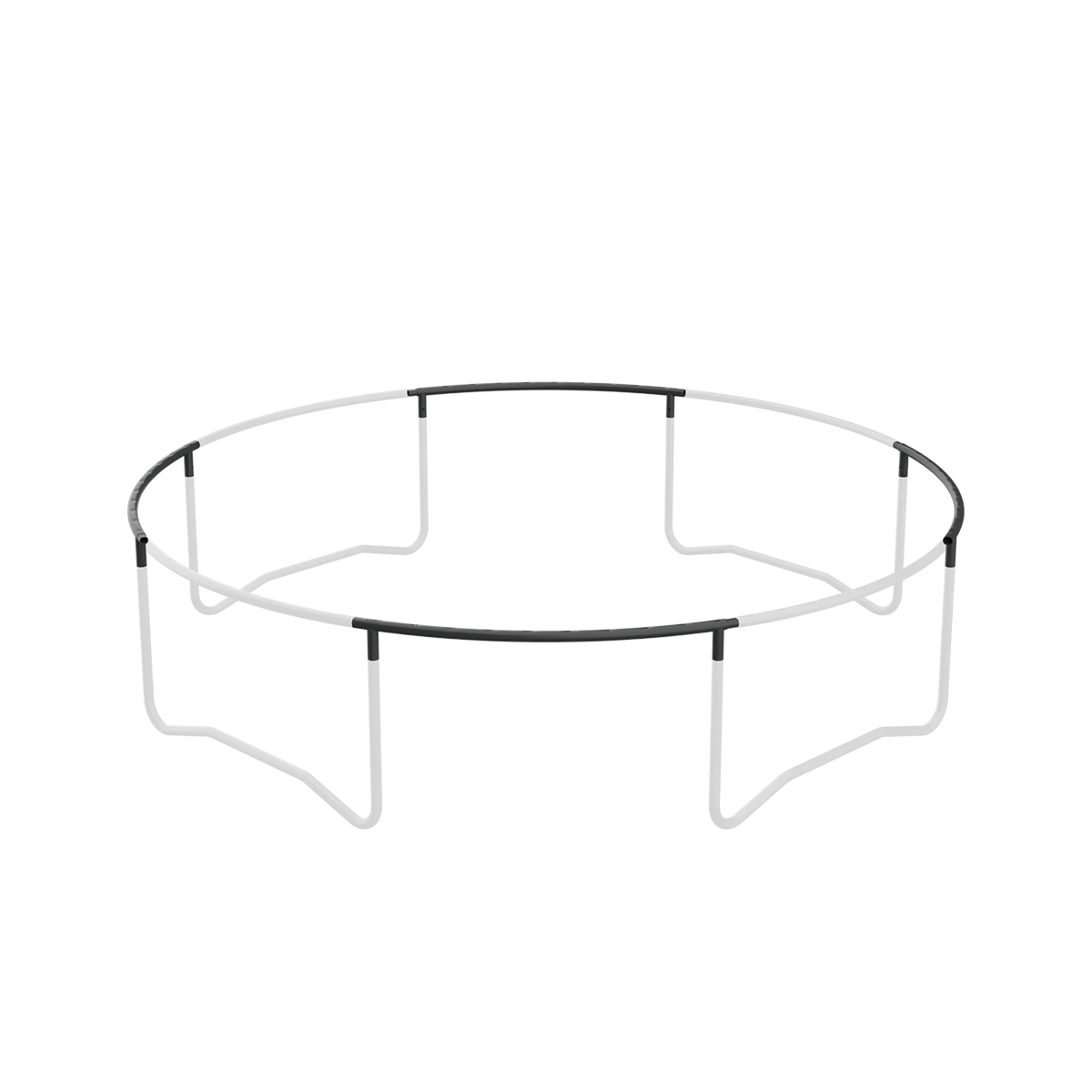
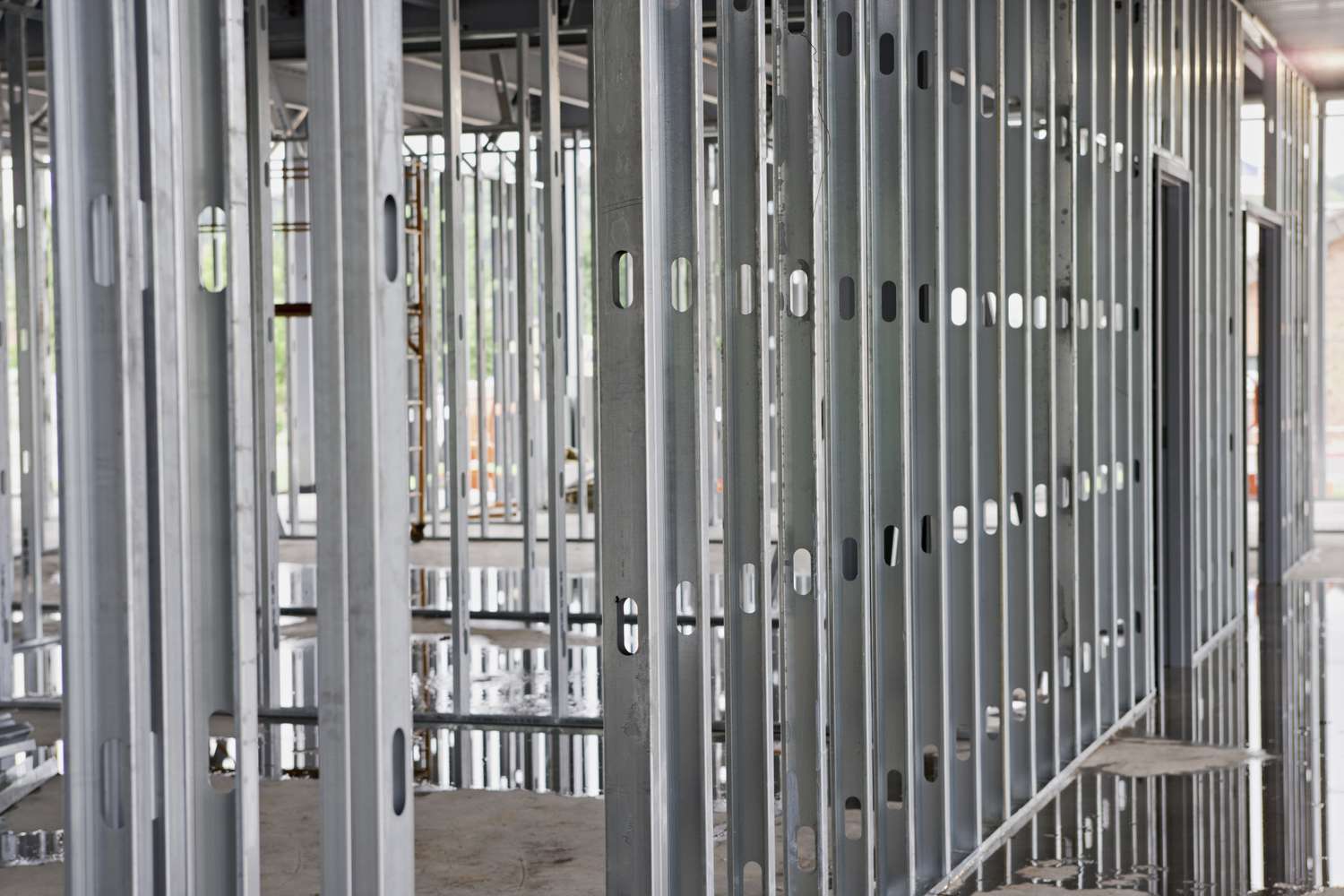

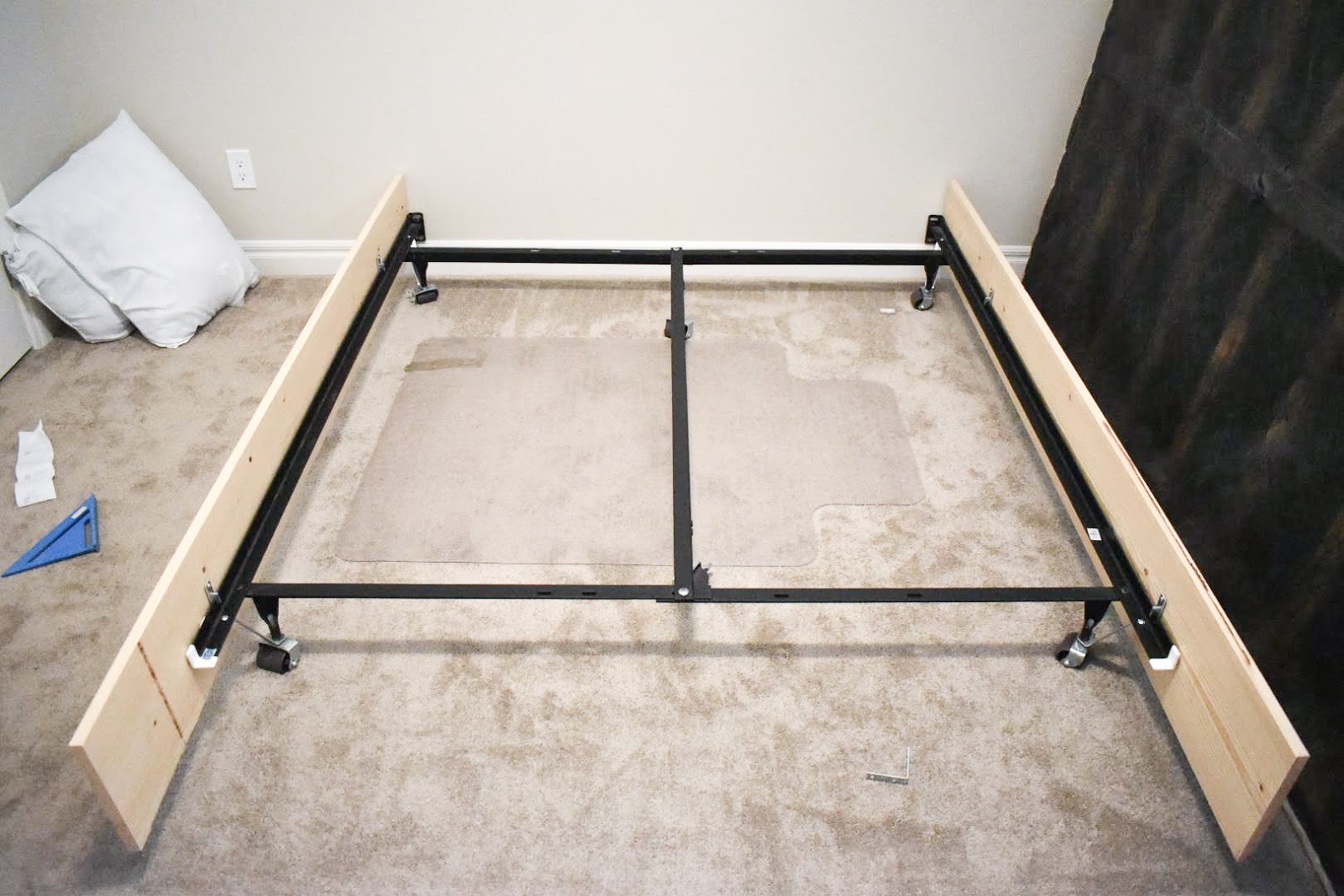

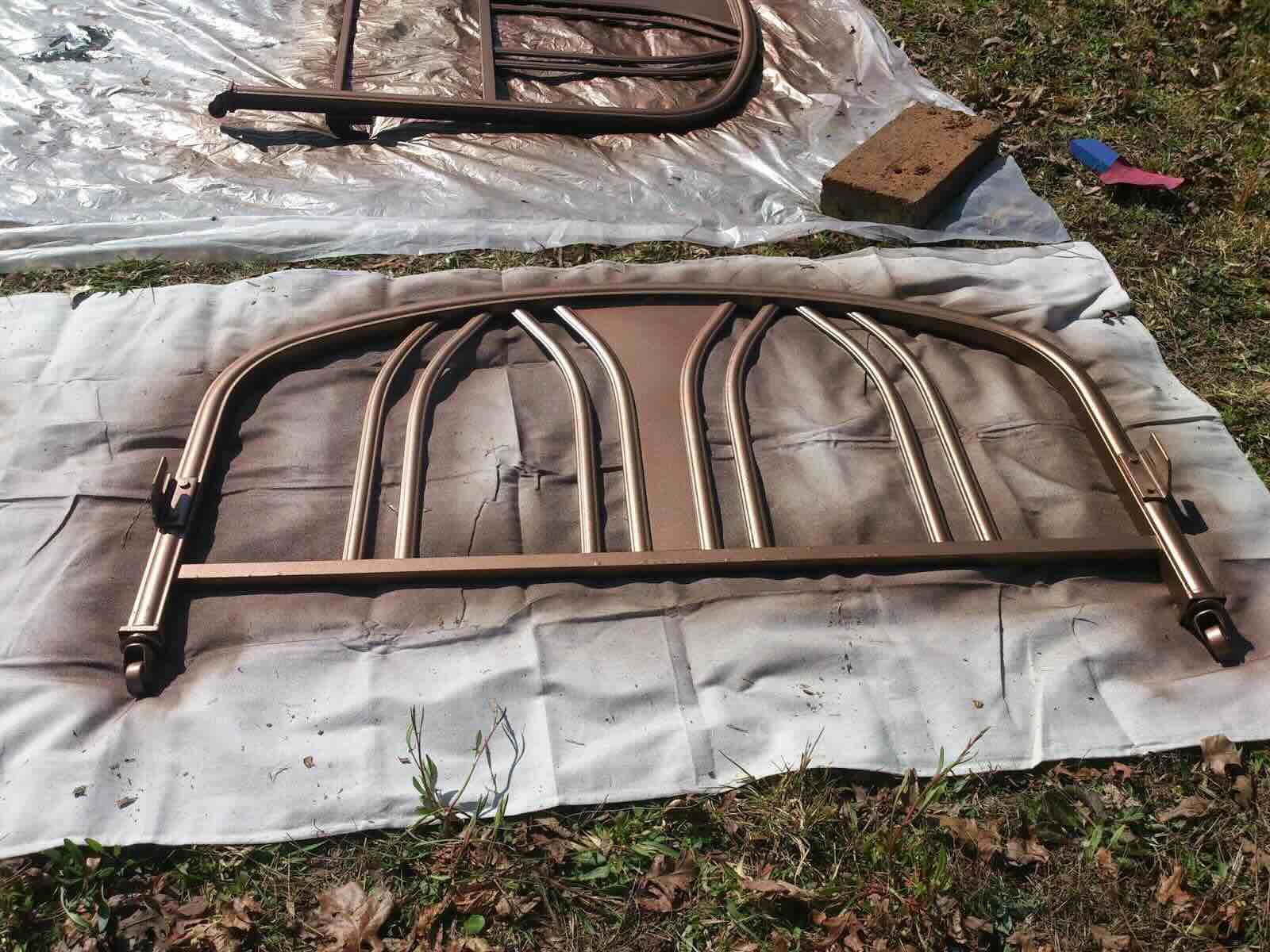
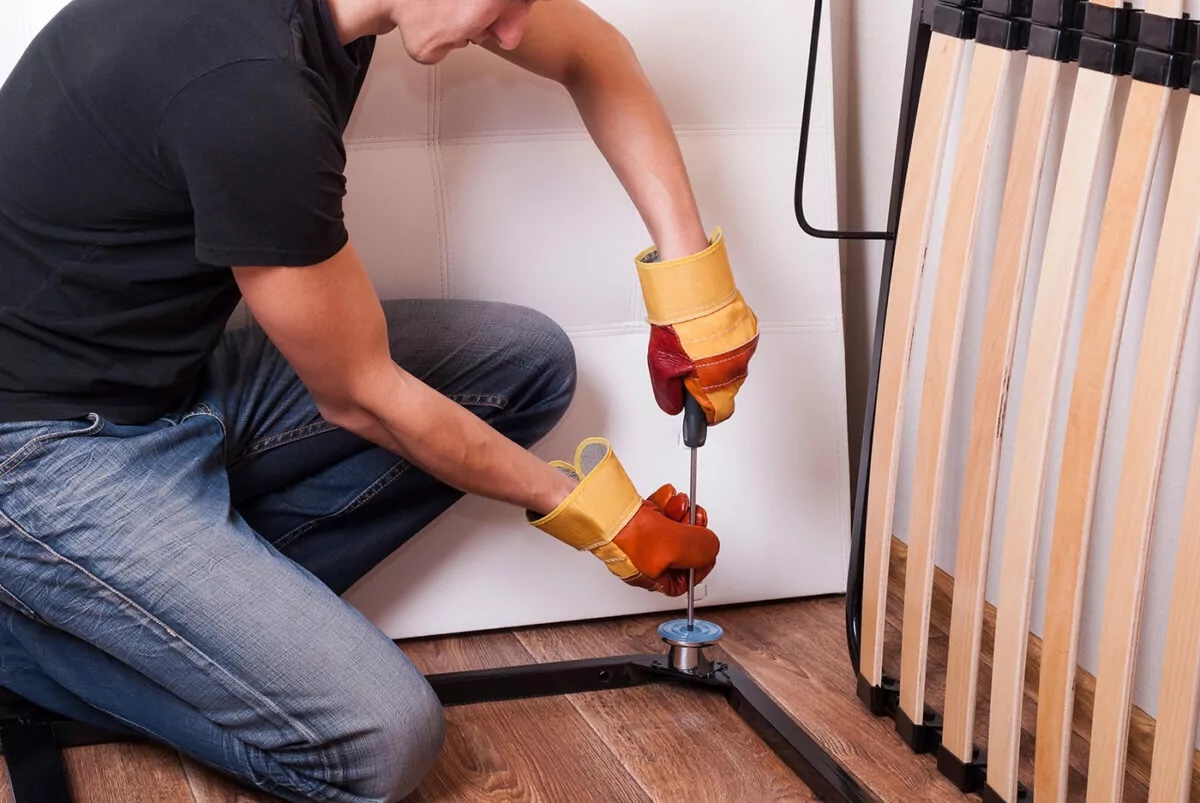

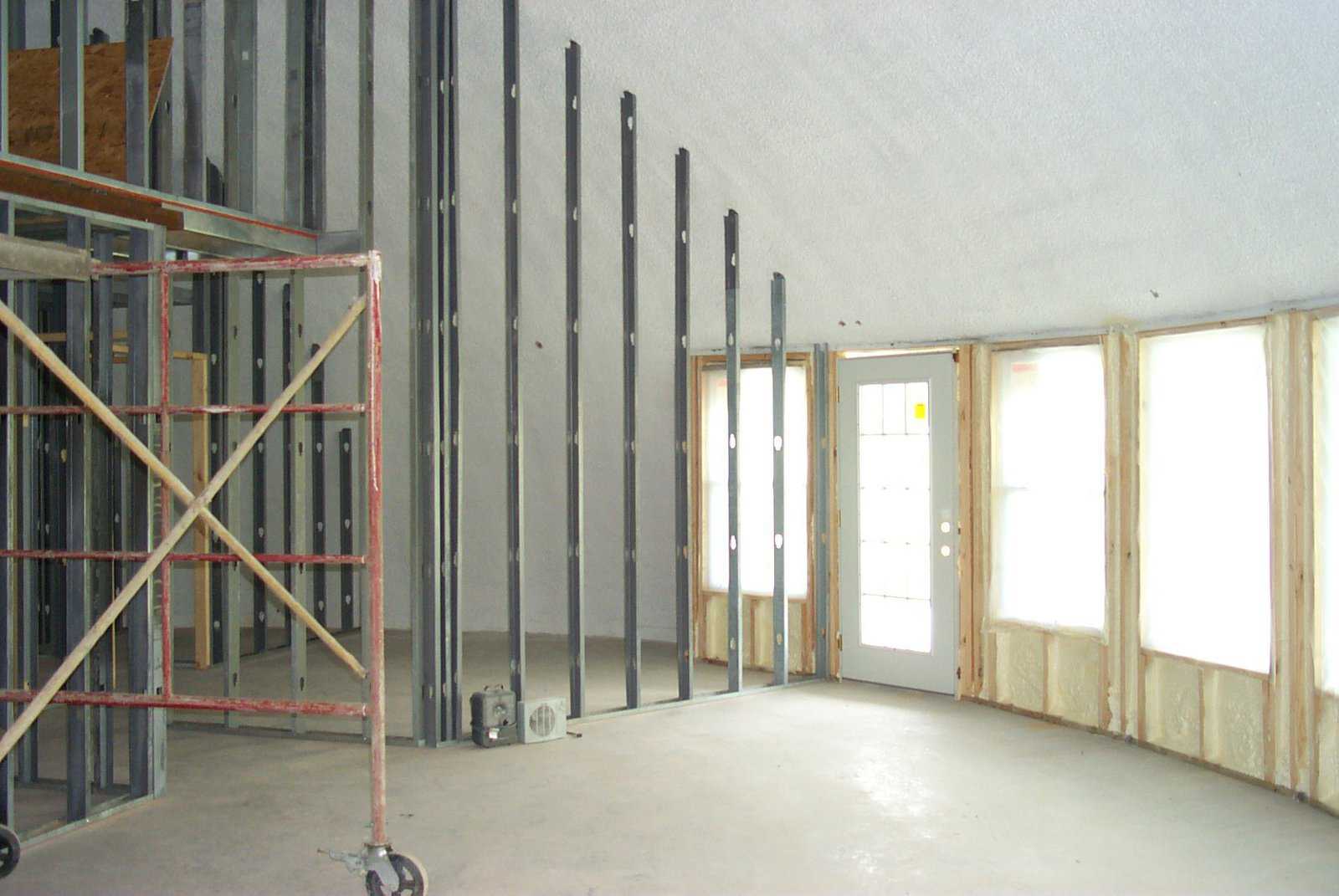
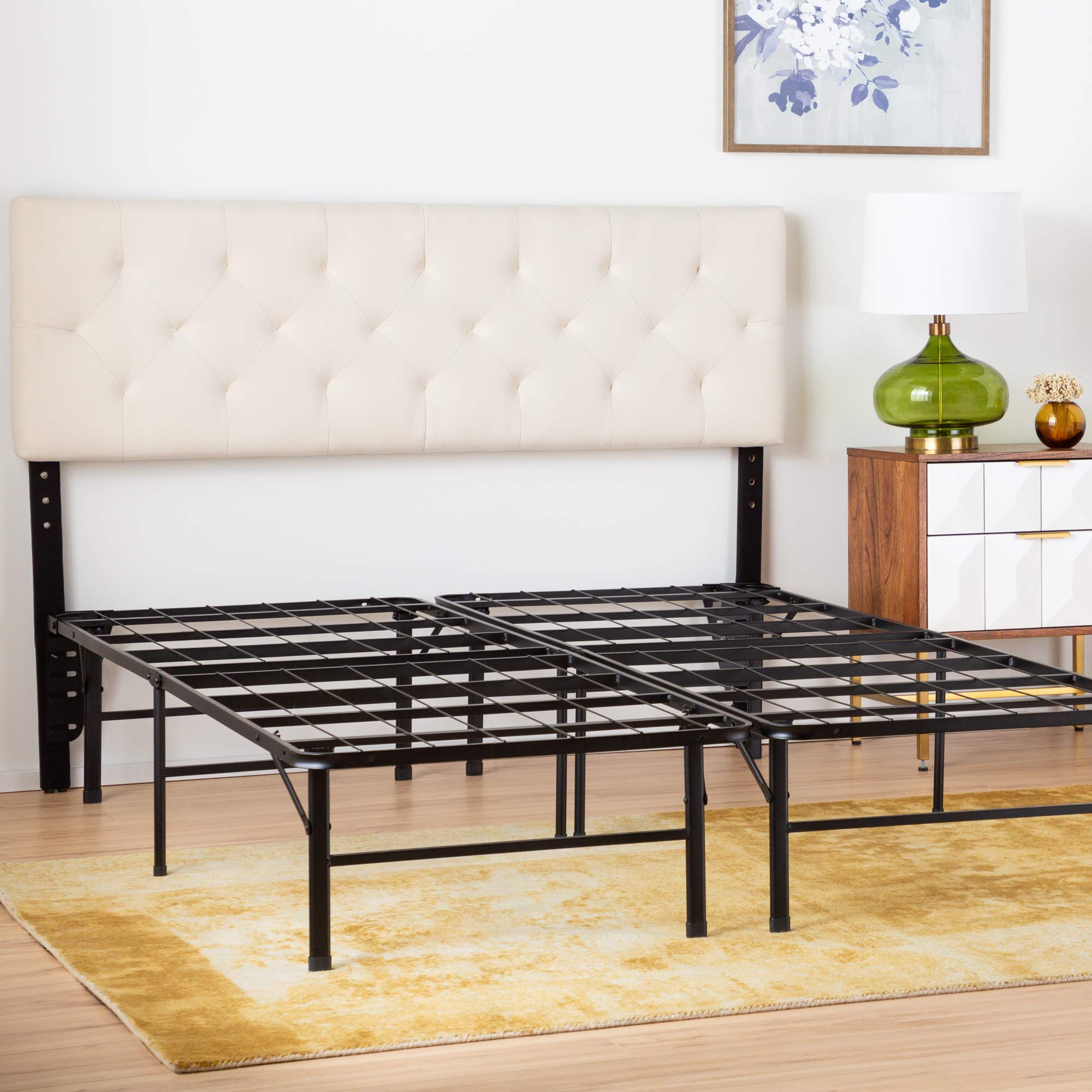
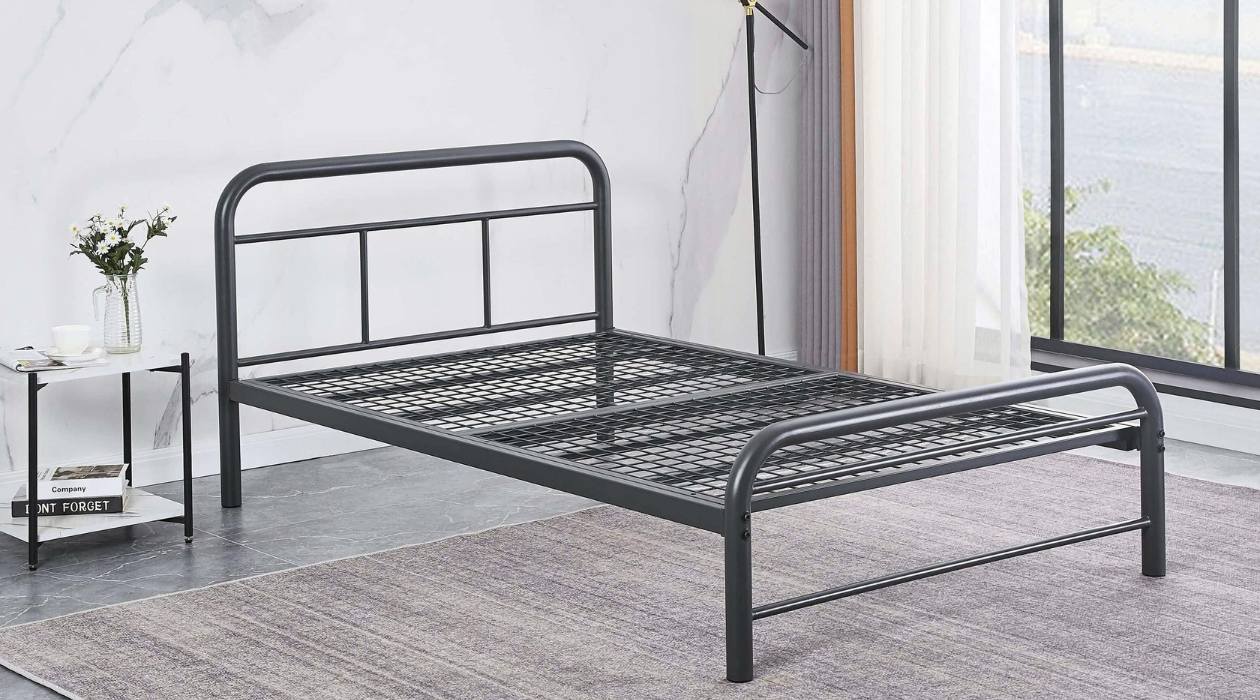

0 thoughts on “What Type Of Metal Is A Trampoline Frame”